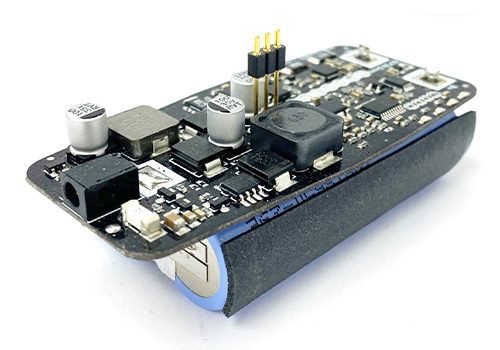
Rechargeable Li-ion batteries have revolutionized the way we power our portable devices, from smartphones to electric vehicles. These batteries are at the heart of our modern electronics, providing a reliable and efficient source of energy. Let’s take a closer look at the internal components of a rechargeable Li-ion battery and how they work together to store and release energy.
1. Cathode: The Positive Terminal
The cathode is one of the key components of a rechargeable Li-ion battery. Typically made of a lithium metal oxide, such as lithium cobalt oxide (LiCoO2) or lithium iron phosphate (LiFePO4), the cathode acts as the positive terminal during battery operation. When the battery is charged, lithium ions move from the cathode to the anode.
2. Anode: The Negative Terminal
Opposite the cathode is the anode, which serves as the negative terminal. The anode is usually made of graphite, a form of carbon. During charging, lithium ions are stored in the graphite anode. When the battery is discharged, these ions move back to the cathode, creating an electric current.
3. Electrolyte: The Ionic Conductor
The electrolyte is a conductive solution or gel that allows lithium ions to move between the cathode and anode. In rechargeable Li-ion batteries, the electrolyte is typically a lithium salt dissolved in a solvent. This solution enables the flow of lithium ions while preventing the direct contact of the cathode and anode, which could lead to a short circuit.
4. Separator: Ensuring Safety
The separator is a thin, porous membrane placed between the cathode and anode to prevent direct contact. Made of materials like polyethylene or polypropylene, the separator allows lithium ions to pass through while blocking the flow of electrons. This separation is crucial for the battery’s safety, preventing internal shorts and thermal runaway.
How They Interact: Storing and Releasing Energy
During charging, an external power source applies a voltage to the battery, causing lithium ions to move from the cathode through the electrolyte to the anode. This process is known as lithiation, and it stores energy in the battery. When the battery is discharged, such as when powering a device, the lithium ions move back to the cathode through the electrolyte, releasing stored energy.
Advantages of Rechargeable Li-Ion Batteries
- High Energy Density: Rechargeable Li-ion batteries offer a high energy density, providing more energy storage in a compact size.
- Long Cycle Life: With proper care, Li-ion batteries can last for hundreds to thousands of charge-discharge cycles, making them durable and cost-effective.
- Fast Charging: Li-ion batteries can be charged quickly compared to other battery types, reducing downtime for devices.
Applications and Importance
The versatility and reliability of rechargeable Li-ion batteries have made them indispensable in numerous applications, from smartphones and laptops to electric vehicles and renewable energy storage. Their ability to store large amounts of energy in a small, lightweight package has transformed the way we use technology on a daily basis.
Takeaways
The anatomy of arechargeable Li-ion battery consists of the cathode, anode, electrolyte, and separator, each playing a crucial role in storing and releasing energy. Understanding how these components interact provides insights into the efficiency and reliability of these batteries. As demand for portable power continues to grow, advancements in battery systems in Anaheim, CA, and around the world will drive innovation and shape the future of energy storage.
Whether it’s powering our smartphones or enabling the transition to electric vehicles, rechargeable Li-ion batteries are at the forefront of modern technology, providing a reliable and efficient energy solution for a wide range of applications.




